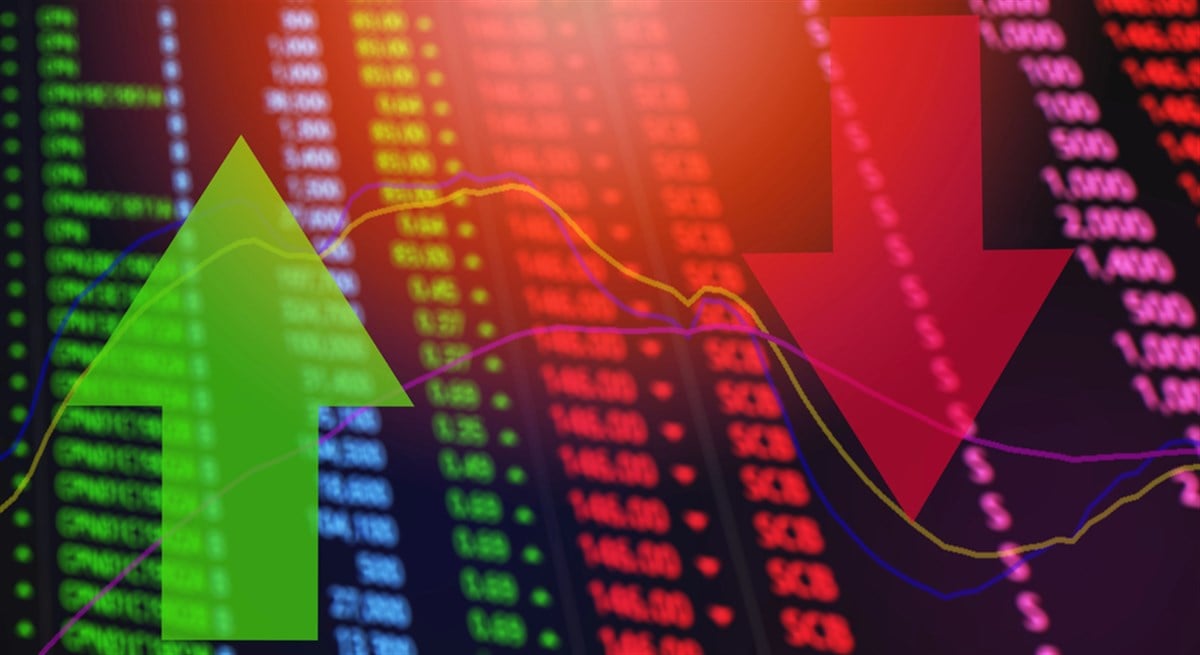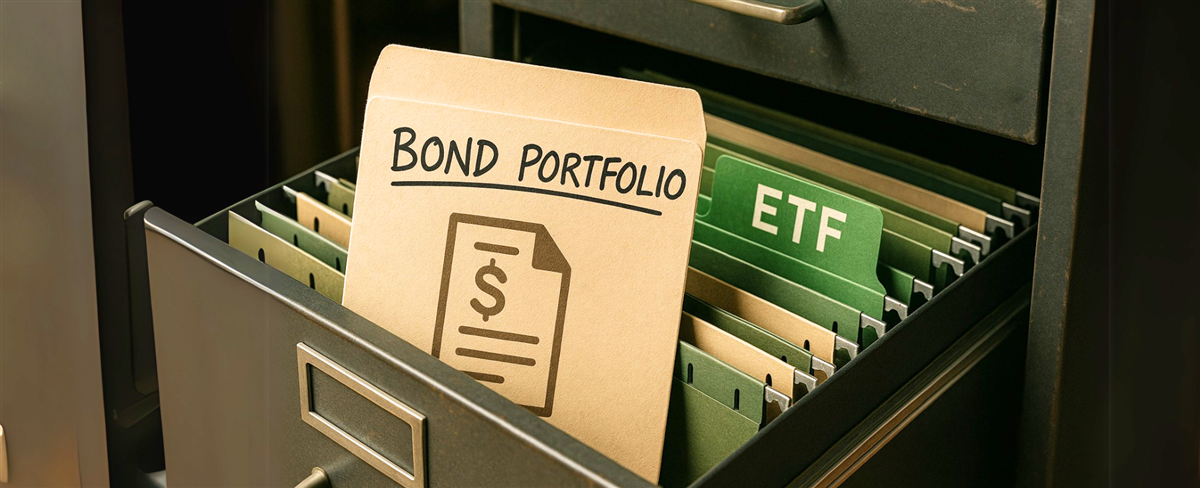Top 4 ETFs for China Exposure After Tariff Relief
 After a tumultuous period for markets in which the Trump administration raised tariffs on goods imported from China to 145%, news of an apparent deal with the Chinese government brought the tariff level down to 30% as of mid-May 2025. The S&P 500 seemed to breathe a sigh of relief at this news, turning positive year-to-date (YTD) after a significant drop in April.
After a tumultuous period for markets in which the Trump administration raised tariffs on goods imported from China to 145%, news of an apparent deal with the Chinese government brought the tariff level down to 30% as of mid-May 2025. The S&P 500 seemed to breathe a sigh of relief at this news, turning positive year-to-date (YTD) after a significant drop in April.
However, the trade tensions between the United States and China are far from resolved. First, the U.S. tariffs on Chinese goods have been lowered only for 90 days, meaning that without further negotiation, they could revert to a higher level later this year.
While China has also relaxed some of its export restrictions, it has not yet lifted export curbs on some of its essential rare earth minerals, which are key to defense and other companies. That's all to say that, despite a relaxation of tension, the longer the trade war continues.
Investors who believe China is likely to benefit from continued trade negotiations or eventually emerge as a winner in these disputes may be looking for ways to capitalize. It can be difficult for U.S. investors to access the Chinese stock market, but one efficient way to do so in a generalized manner is through exchange-traded funds (ETFs).
The funds below provide varying types of exposure to Chinese equities for investors who are bullish on this market.
Exposure to the Full Market of Chinese Large-Cap Names
Likely the most generalized approach to investing in Chinese stocks can be found with the KraneShares MSCI All China Index ETF (NYSEARCA: KALL).
This fund tracks the MSCI China All Shares Index, which is comprised of Chinese securities on exchanges in mainland China, Hong Kong, and the United States.
It is one of the easiest ways to get broad exposure to roughly $9 trillion in market value among publicly traded companies headquartered in China.
However, keep in mind that due to the MSCI index's market cap restrictions, the fund is skewed toward large-cap companies and above.
One advantage that KALL has over its prominent rival, the iShares MSCI China ETF (NASDAQ: MCHI), is in regard to fees. KALL has an expense ratio of 0.49% while MCHI is somewhat more costly at 0.59%.
Investors might look beyond this factor, though, to determine which of these funds better suits their needs.
MCHI has a significantly higher asset base and trading volume, meaning that liquidity can be an issue for KALL investors looking to trade often.
However, for buy-and-hold investors, the lower fees associated with KALL could be a winning factor.
Access to the Chinese Equities Space Without Government Involvement
For an alternative approach to large-cap Chinese equities, investors might consider the WisdomTree China ex-State-Owned Enterprises Fund (NASDAQ: CXSE). This fund is benchmarked to an index of the same name and which selects non-state-owned Chinese companies by a modified float-adjusted market capitalization weighting process.
For the purposes of CXSE, Chinese state-owned enterprises are any companies for which the government owns 20% or more of the outstanding shares.
Unlike in the United States, the Chinese government is heavily involved in owning many businesses across sectors. Many investors believe non-state-owned companies are more adaptable and flexible and have stronger growth prospects than state-run endeavors.
These companies may also be more responsive to market demand and better able to stimulate earnings growth than those more heavily controlled by the government. Further, many of these companies are in emerging industries such as AI, green energy, and fintech, all of which may have attractive growth prospects as well.
CXSE's expense ratio is 0.32%, making it among the more affordable ETFs focused on Chinese equities.
Ultra Cheap Access to Emerging Markets, With a Focus on China
The SPDR Portfolio Emerging Markets ETF (NYSEARCA: SPEM) is not strictly focused on Chinese stocks, but rather on emerging markets names more broadly.
Still, China receives the largest representation and occupies almost a third of the portfolio as well as several of the biggest individual positions.
SPEM may thus be a good option for investors looking for generalized exposure outside of the U.S. market and with a preference for Chinese equities.
Making the fund that much more compelling for investors seeking a good value is its ultra-low expense ratio of just 0.07%, which makes it competitive against virtually all other ETFs available at this point.
Learn more about KALL


